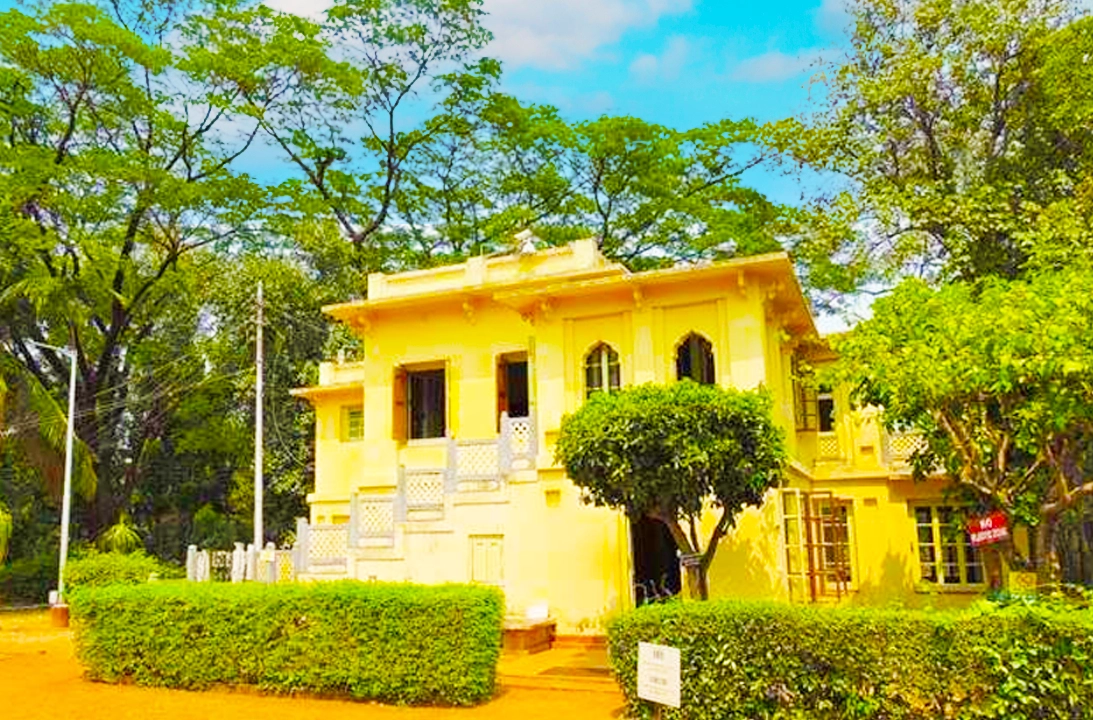Dwarik Bithika
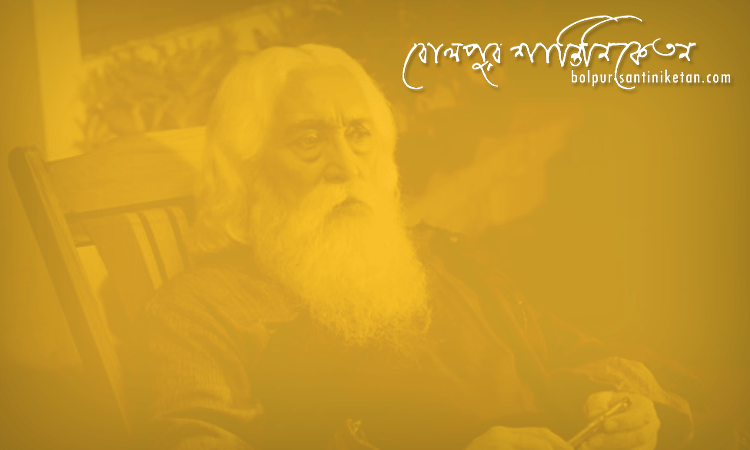
History and Background
Dwarik-Bithika, located within the Visva-Bharati University campus in Santiniketan, West Bengal, is a significant heritage house named in memory of Satish Chandra Roy, a devoted colleague of Rabindranath Tagore. Built as part of the historic Uttarayan complex, this house is situated between the heritage houses Shalbithi and Santoshalaya. Its historical importance is tied to its role in Santiniketan’s early cultural and intellectual life, particularly as the place where the first handmade paper, named Bithika and Bagan, was produced. This initiative reflects the community’s commitment to self-reliance and creativity, core values of Tagore’s vision for Santiniketan.
Constructed in the early 20th century, Dwarik-Bithika embodies the simplicity and functionality characteristic of Santiniketan’s architecture. It served as a residence and workspace for ashramites, contributing to the vibrant community spirit of Visva-Bharati. The house’s name combines Dwarik (in honor of Satish Chandra Roy, often referred to as Dwarik in local records) and Bithika (meaning a pathway or avenue in Bengali), symbolizing a connection to both personal legacy and communal creativity. As part of Santiniketan’s UNESCO World Heritage Site, recognized in 2023, Dwarik-Bithika stands as a testament to Tagore’s holistic approach to education and community living.
Creator and Architectural Context
Dwarik-Bithika was designed under the guidance of Rabindranath Tagore, with contributions from Surendranath Kar, a key architect and artist who shaped many of Santiniketan’s iconic structures. Kar, influenced by Tagore’s travels and his vision of a pan-Asian modernity, incorporated elements of Indian, Japanese, and Persian architectural styles. The house features the hallmark Santiniketan aesthetic: simple mud and brick construction, open spaces, and integration with the natural landscape of red soil and greenery. Its modest design reflects Tagore’s philosophy of living in harmony with nature while fostering intellectual and artistic pursuits.
The house’s location between Shalbithi and Santoshalaya places it in a culturally significant cluster within the Uttarayan complex, near other heritage structures like Udayana and Konark. Its construction aligns with the period after 1919 when Kar began designing buildings under Tagore’s supervision, blending functionality with aesthetic simplicity to create spaces that encouraged community interaction and creative expression.
Cultural and Historical Significance
Dwarik-Bithika holds a unique place in Santiniketan’s history as a site of cultural production. The creation of Bithika and Bagan, the first handmade papers produced here, highlights the house’s role in promoting local craftsmanship and self-sufficiency. These papers were likely used for literary and artistic works, aligning with Tagore’s emphasis on integrating art, education, and community life. The house also served as a residence for ashram members, contributing to the collaborative spirit of Santiniketan’s early days, where teachers, students, and workers lived and worked together.
As part of the Visva-Bharati campus, Dwarik-Bithika is a living symbol of Tagore’s vision of a “world university” that transcends cultural and religious boundaries. Its preservation within the UNESCO World Heritage Site underscores its importance as a cultural and historical landmark, offering insight into the early 20th-century intellectual and artistic movements that shaped Santiniketan.
Visiting Dwarik-Bithika
Dwarik-Bithika is accessible to visitors as part of guided tours of the Uttarayan complex within the Visva-Bharati University campus, located approximately 3 km from Bolpur railway station. Tourists can explore the house alongside other heritage structures, such as Shyamali and Udichi, to experience Santiniketan’s unique architectural and cultural heritage. Visiting hours are typically aligned with the university’s schedule, often between 10:30 AM and 4:30 PM, with possible closures on Wednesdays or holidays. Entry fees are nominal (around INR 50-100 for Indian nationals, higher for foreign tourists), but visitors should confirm with Visva-Bharati authorities, as access to certain areas may be restricted to preserve the heritage site. Photography inside the house may be limited to protect its historical integrity.
Dwarik-Bithika’s serene setting and historical significance make it a compelling stop for those exploring Tagore’s legacy and Santiniketan’s cultural landscape. Its story of creativity and community continues to inspire visitors from around the world.
Explore Sightseeing of Bolpur Santiniketan
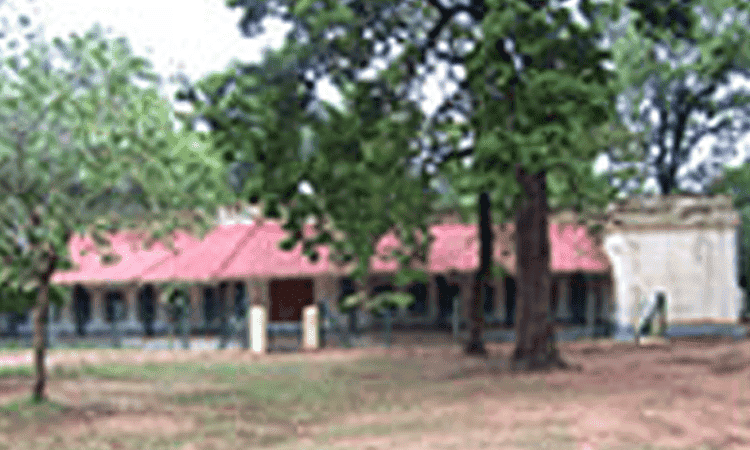
Santoshalaya
Santoshalaya is a serene heritage house located within the Visva-Bharati University campus in Santiniketan, Bolpur,...Upasana Griha
Glass House: The Glass House (Upasana Griha) is situated in front of Santiniketan House.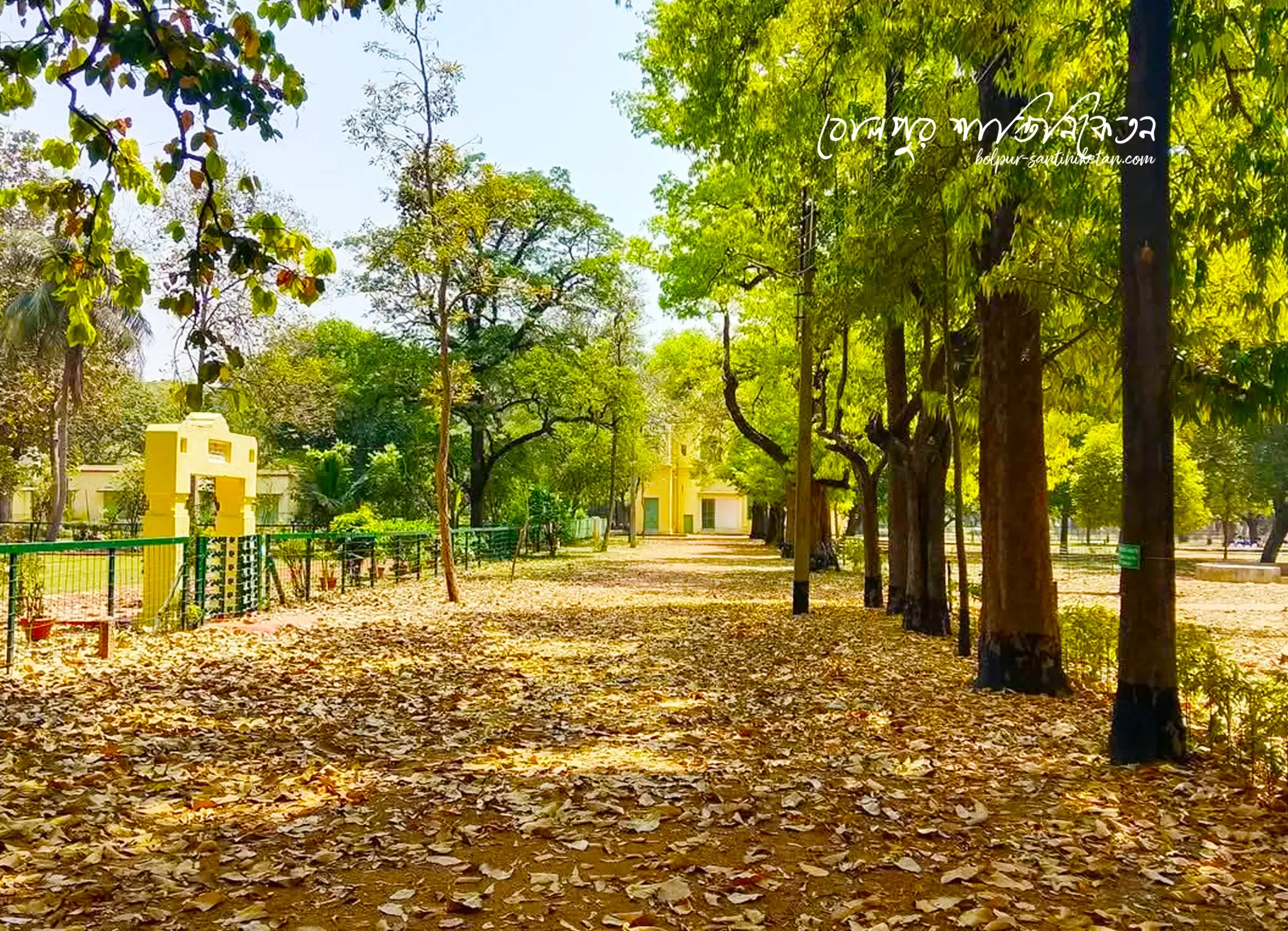
Dinantika: A Heritage House in Santiniketan
History and Background Dinantika, constructed in 1939, is one of the notable heritage houses within...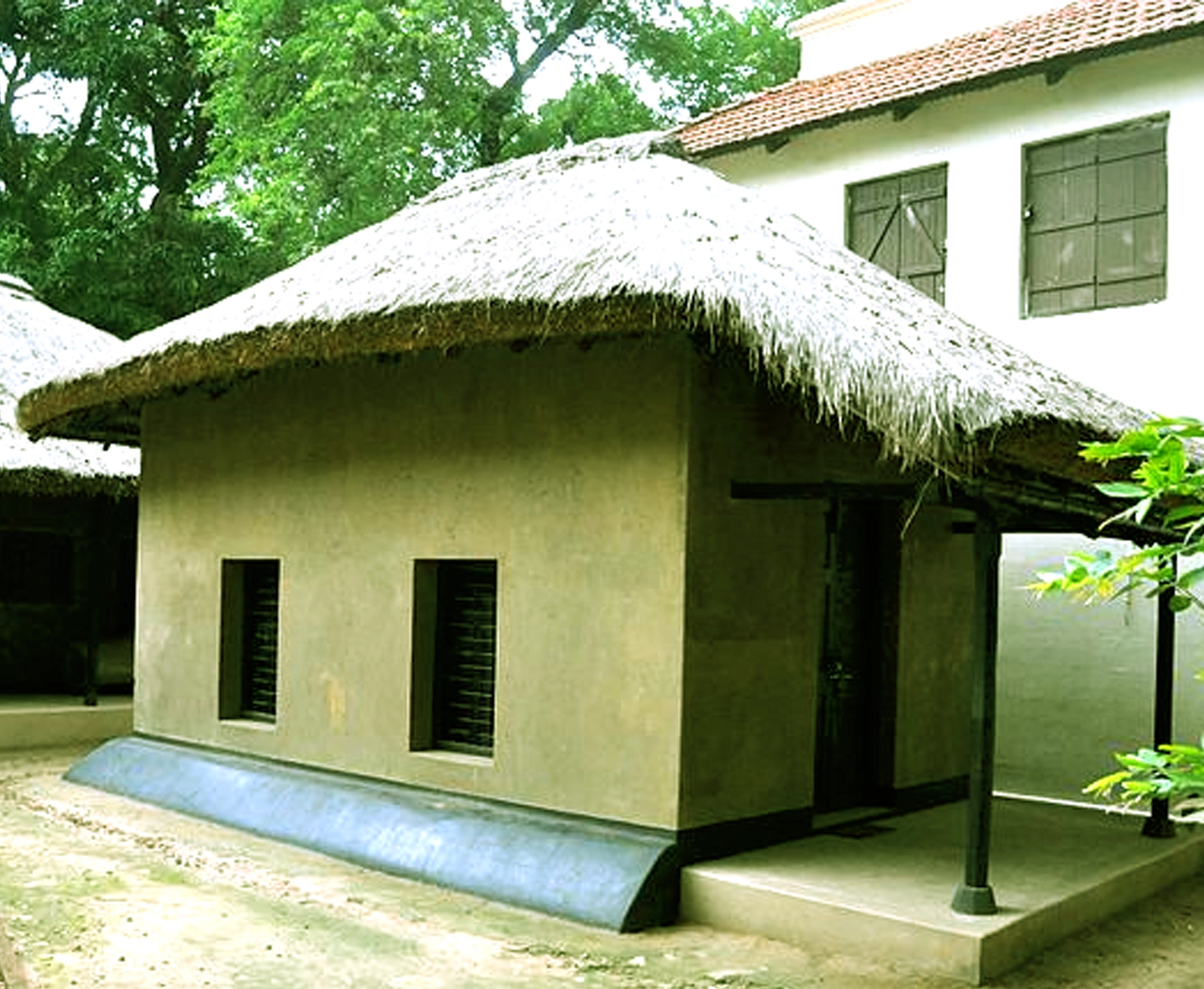
Natun Bari – A Cherished Heritage House in Santiniketan
Natun Bari is a significant heritage house located within the Visva-Bharati University campus in Santiniketan,...